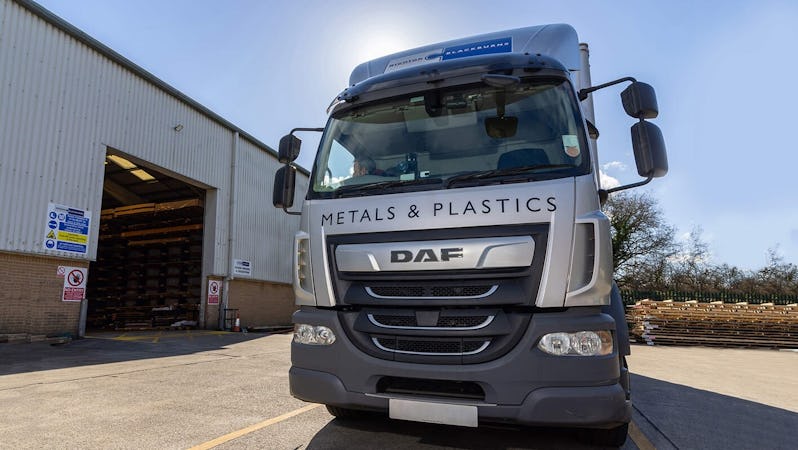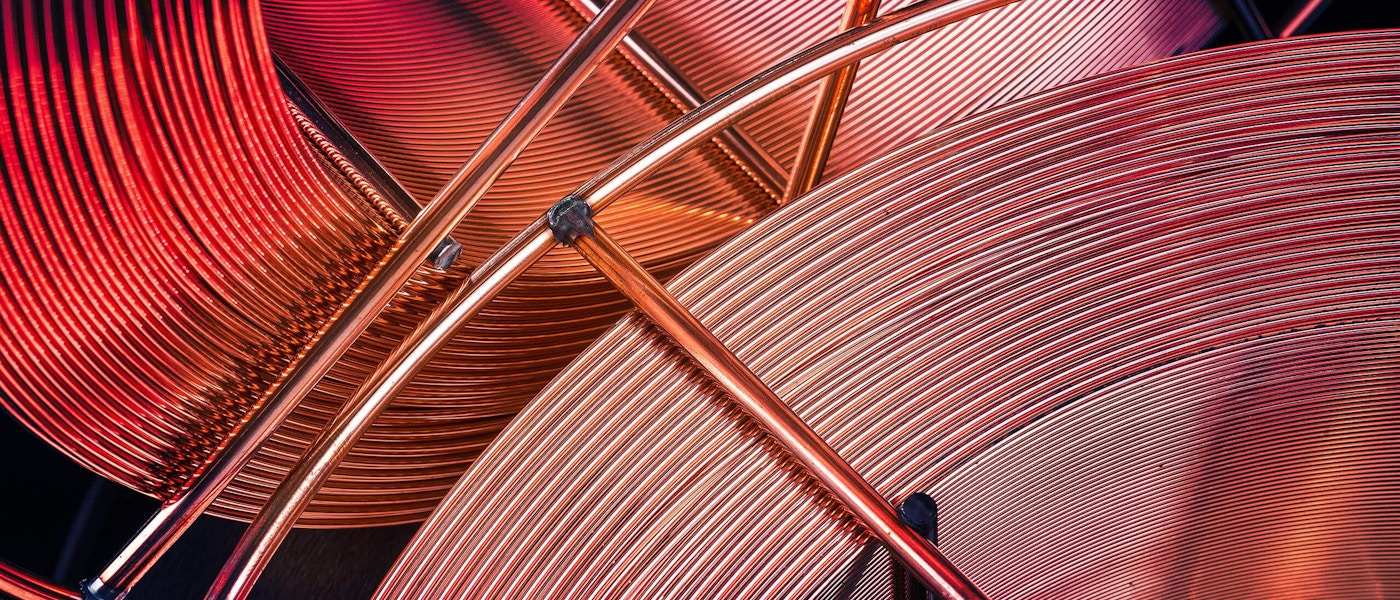Features & Applications
The building industry is the largest single consumer of Copper alloy. The following list is a breakdown of copper consumption by industry on an annual basis:
- Building industry – 47%
- Electronic products - 23%
- Transportation - 10%
- Consumer products - 11%
- Industrial machinery - 9%
There are around 370 commercial compositions for copper alloy. The most common alloy tends to be C106/ CW024A - the standard water tube grade of copper. World consumption of copper and copper alloy now exceeds 18 million tonnes per annum.





